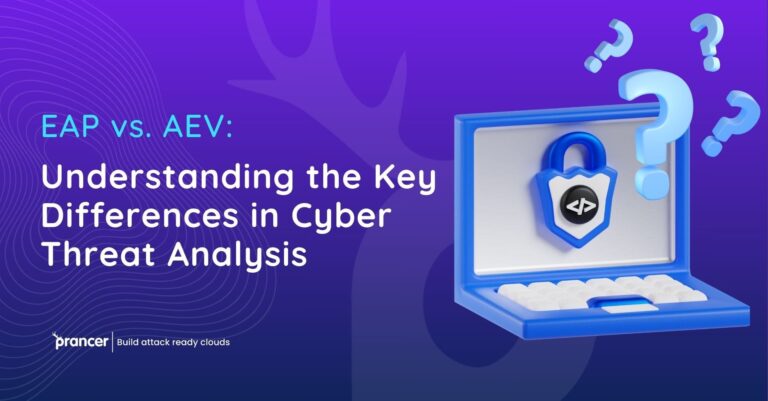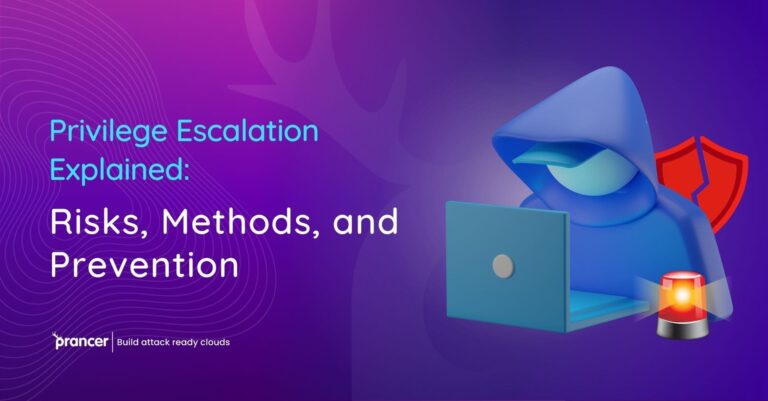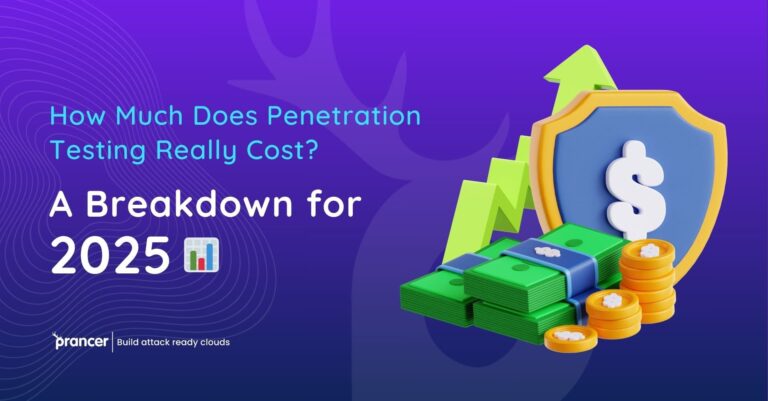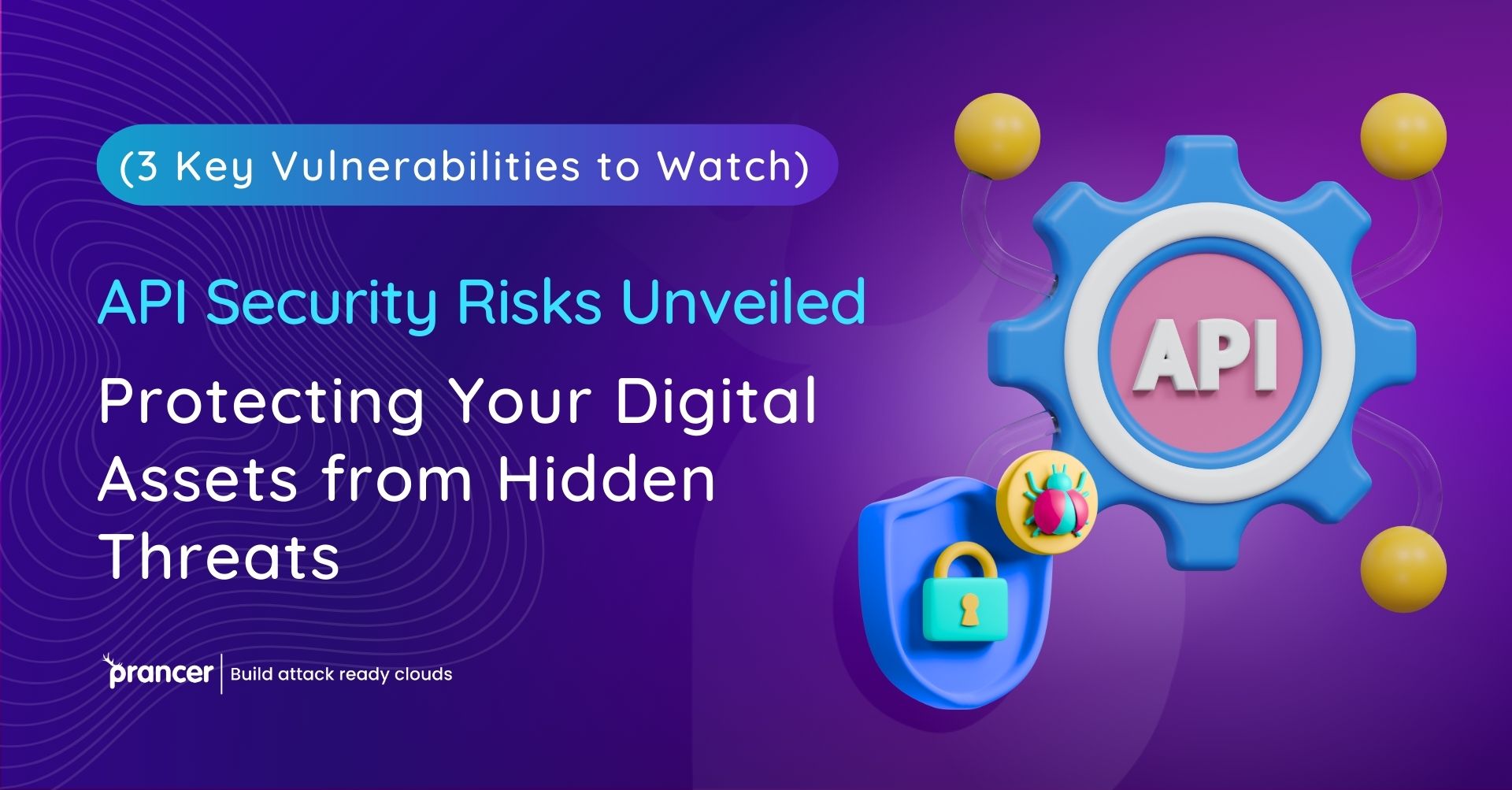The digital age is fraught with challenges, particularly in the realm of cybersecurity. As businesses pivot toward Application Programming Interfaces (APIs) to foster innovation and seamless integration, the topic of API security risks has catapulted to the forefront. This piece will shed light on three pressing vulnerabilities that threaten your digital treasure, highlighting Prancer’s pivotal role in shoring up API security. Additionally, we’ll underscore the significance of automated penetration testing as an invaluable tool in this battle.
API Security Risks: Navigating the Digital Minefield
- Injection Strikes: Topping the list of API security risks are injection strikes. These entail nefarious actors exploiting API gaps to insert malicious code or commands. Widely recognized variants of this include SQL Injection (SQLi) and Cross-Site Scripting (XSS). Such malevolent activities jeopardize your data’s sanctity and trustworthiness.
- Unreliable Authentication and Authorization Protocols: Any conversation about API security risks would be incomplete without touching upon the dangers of feeble authentication and lax authorization. APIs lacking stringent authentication measures fall prey to imposters masquerading as authentic users, thereby obtaining unwarranted access to confidential data or critical functionalities. In the absence of firm authorization protocols, users might misuse API endpoints, violating the stipulated access boundaries.
- Data Vulnerability: Another prominent API security risk centers around the careless handling of data. Unintended exposure of sensitive data elements, ranging from Personal Identification Information (PII) to financial particulars and login credentials, paves the way for grievous data infractions. The culprits behind such breaches are often configuration oversights, unencrypted data transmissions, or slack access regulations.
Prancer: Your Shield in the API Battlefield
In the vast universe of cloud security and compliance, Prancer emerges as a beacon. The company’s steadfast commitment to neutralizing API security risks is evident in its offerings:
- Relentless Security Surveillance: With Prancer at the helm, businesses benefit from state-of-the-art automated security scrutiny tools tailored to incessantly monitor APIs. The goal? Detecting vulnerabilities and configuration lapses, thereby ensuring that APIs resonate with industry benchmarks and best practices.
- Unwavering Policy Adherence: Prancer’s ironclad approach to security policy enforcement across the API ecosystem is commendable. By streamlining the application of security protocols, Prancer significantly curtails potential misconfigurations and associated vulnerabilities.
- Assured Regulatory Compliance: With a bouquet of predefined compliance frameworks and automated validation mechanisms, Prancer simplifies the convoluted journey of regulatory adherence, all the while minimizing API security risks.
Automated Penetration Testing: The Game Changer
At the heart of API security lies automated penetration testing, a method that mimics real-world cyber onslaughts to furnish instantaneous insights into potential vulnerabilities and configuration anomalies plaguing your API touchpoints. A deeper dive reveals:
- Swift Vulnerability Spotting: Thanks to automated penetration testing, businesses can rapidly pinpoint vulnerabilities, be it injection discrepancies, authentication lapses, or data exposure threats. Such agility is indispensable in today’s fast-paced digital milieu, constantly under siege from emerging threats.
- Streamlined Rectification: Leveraging automated penetration testing, security aficionados can draw upon detailed vulnerability assessments, facilitating the immediate addressing of security loopholes. This alacrity is pivotal in diminishing exposure duration.
- Consistent Evaluation and Confirmation: Setting automated penetration tests on a recurrent schedule ensures the sustained health of your API security framework. Periodic evaluations help in unearthing vulnerabilities that might creep in owing to code alterations or system updates.
To encapsulate, the looming threat of API security risks is tangible, wielding the potential to wreak havoc on any organization’s digital assets. By demystifying and countering vulnerabilities such as injection strikes, flawed authentication and authorization, and data vulnerability, businesses can bolster their API security fortifications. Pairing this with Prancer’s unparalleled security evaluation mechanisms and policy reinforcement, along with the might of automated penetration testing, organizations can craft a forward-looking shield against concealed adversaries, ensuring the longevity and security of their digital dominion.





